I remember as a child when I drew a mango for the first time in the drawing class and colored it in shades of yellow and orange with crayons. It looked delicious and over the decades my fascination for the fruit and its shape has increased manifold.
Mangoes – The Versatile Fruit whether raw or ripe are consumed and relished the world over for its unique taste, aroma and flavor. Pickled, cooked, crushed, dried, grated, pulped, chopped or scooped mangoes are enjoyed in all forms for their divine taste and are used in cuisines to add flavor and taste to different dishes.
Mangoes are grown and enjoyed in the entire length and breadth of India. The Indian immigrants settled in the USA are rejoicing that they could at last taste the Indian Mangoes. Nostalgia and excitement is writ large on the Indians for being able to taste the real mangoes. That is the effect of the Mango season, which affects both young and old alike.
Tree Description
Poets have long been inspired by mangoes and their passion for the fruit can be seen in many of their works. It is believed that the nightingale can sing sweetly because it munches on the young leaves of the Mango tree in the spring. The mango groves with Mangoes hanging to be plucked and savored are a beautiful sight to behold! Mango trees grow big and spread around and give shade and shelter to animals, birds and humans alike.
Mangoes belong to the genus Mangifera Indica, of Anacardiaceae family. Mango trees are indigenous to the Indian Subcontinent especially India, Pakistan, Bangladesh, and Southeast Asia. They grow to a height of 35 to 40 meters with a crown radius of 10 meters. The leaves are alternate, simple, evergreen and about 15 to 30 cms long and 3 – 8 cms broad. The leaves are rust colored when young and turn into green as they mature.
The flowers of the Mango tree are produced in terminal panicles, which are 10 – 40 cms long. Flowers are small about 5 – 10 mm long and creamish in color with 5 petals. Fruit takes from 3 to 6 months to ripen.
The flavor, smell and shape of the Mangoes differ according to the variety.
There are many Mango fairs organized by horticulture departments all over the country, where Mango growers from different parts of the country congregate to display their Mango yield. There are times when a single Mango has weighed more than 2 Kg!
Mango Designs
The fascination for Mangoes goes beyond eating; the shape of the mango has over decades caught the fascination of weavers and dress designers. The much-in-demand Mango motif has enhanced the beauty of many apparels, outfits and sarees for a long time. The print or embroidery of Mango shape has adorned many garments of different hues designed by world renowned designers like Versace, Valentino etc…and of course an all time favorite with our own desi designers. The unique Mango color, which is a blend of lemon yellow and orange, is always a favorite among women while buying clothes and sarees.
For centuries the shape of the fruit has been an inspiration to sculptors and this is vividly depicted in intricate designs on the walls and pillars of many temples at Somnathpur, Talakad, Belur, Halebid, Mahabalipuram, Pattadakal to name a few. The Indian bride’s hands have been festooned with intricate mehandi designs comprising of Mango shapes. Many attractive Rangoli* (designs drawn using white chalk powder) are drawn using Mango shapes.
For Hindus the mango leaves are sacred and are indispensable during festivals and rituals. During festivals the markets are flooded with Mango leaves to decorate homes and puja rooms. On the day of the festival, the first ritual is to weave the Mango leaves into a string called as “Thorana“. This is hung on the front door of the house and on the door of the puja room, to bring in happiness and joy. The leaves are also used to assemble “Kalasha“, which is one of the main necessities in poojas/rituals.
The leaves of the Mango tree is offered to Lord Ganesha during 21 Patra (leaves) Pooja and the following is chanted while offering the leaf: “Om Ekadantaaya namaha, Chootapatram Samarpayaami”.
Health Benefits
Mangoes are not only delicious they are also rich in vitamin A and have good amounts of vitamins B and C. It contains a fair amount of Potassium, Calcium and Iron. Mangoes are rich in fiber but low in calories and sodium. Mango is an antioxidant and helps prevent arthritis and speeds up wound healing. It boosts the body immune system. One mango has 135 calories, 1 gram of fat and 4 gms of fiber.
It is no wonder that people have put the fruit on the pedestal and rightfully called it as the “King of Fruits”.
An apple a day keeps the doctor away
A mango a day keeps the blues at bay!
Rangoli* – Every Hindu household in South India will have a design drawn in front of the main door using white chalk powder, which is believed to bring good luck into the home. In rest of India it is drawn during pujas and festivals either inside or outside the house. Colors, flowers and lamps are used to fill up the design to make it look attractive.
Recipes using Mango:
Mango Pickle
Aam Ka Panna / Raw Mango Juice
Avakai – Andhra style pickle
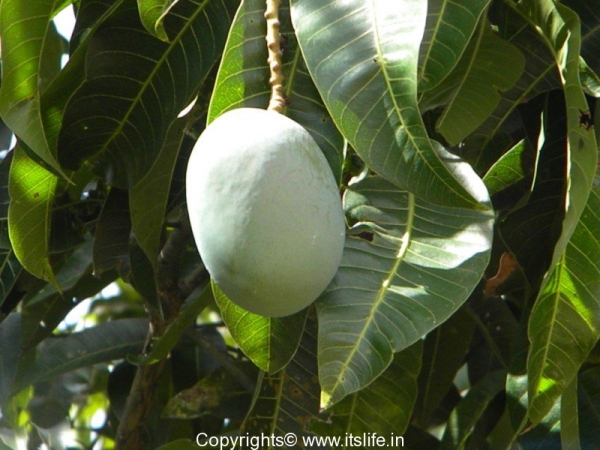
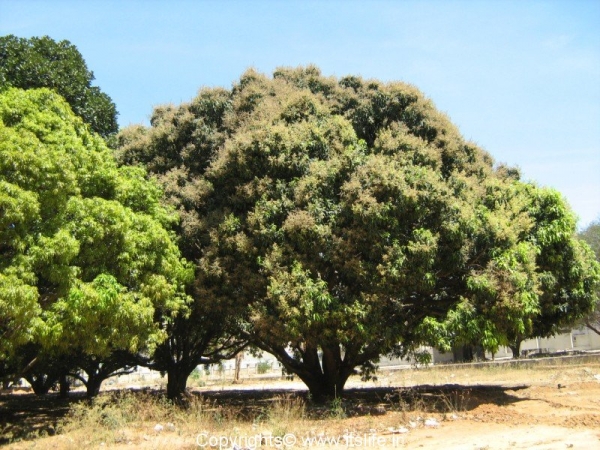
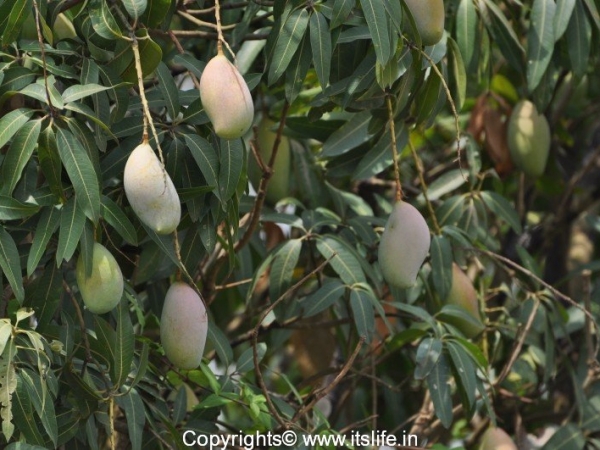
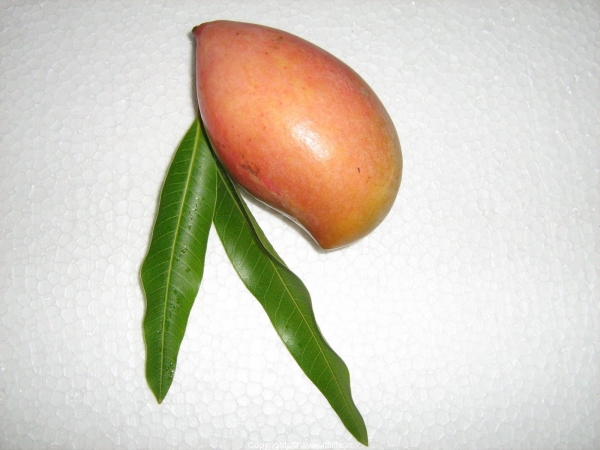
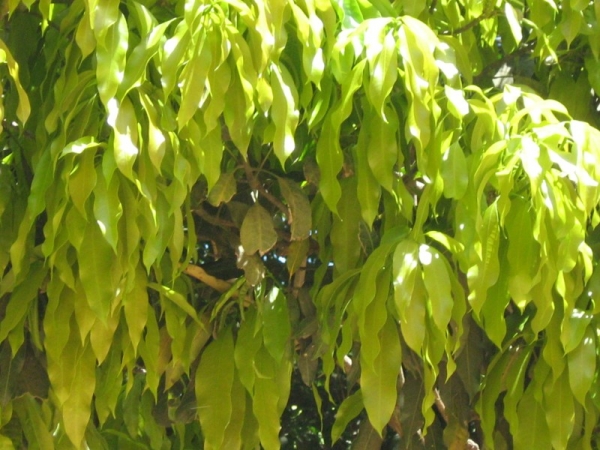
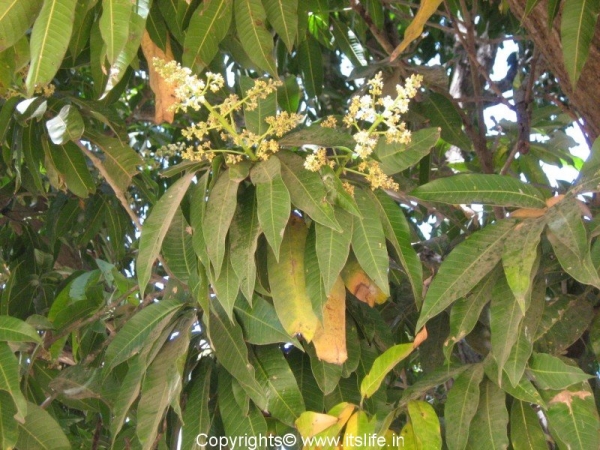
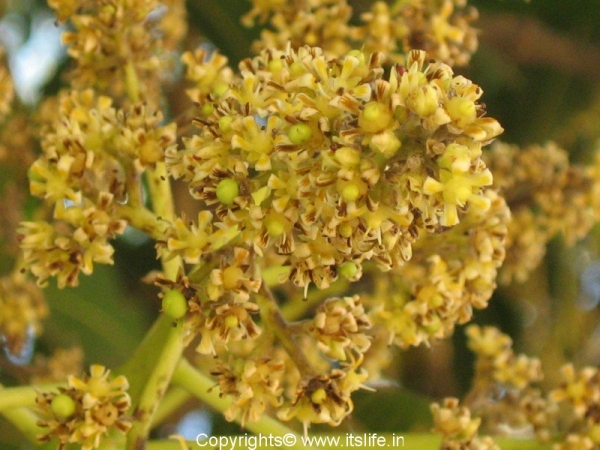
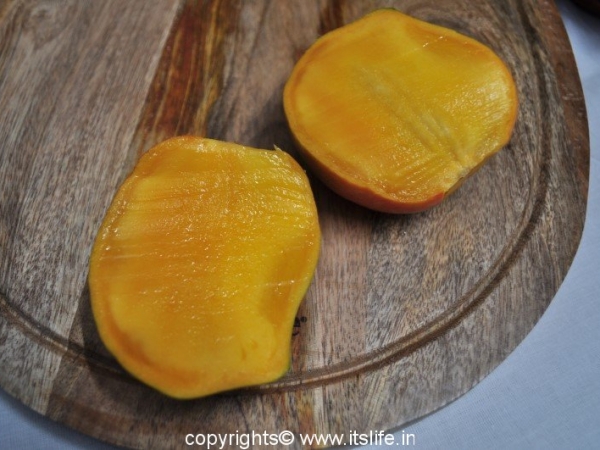
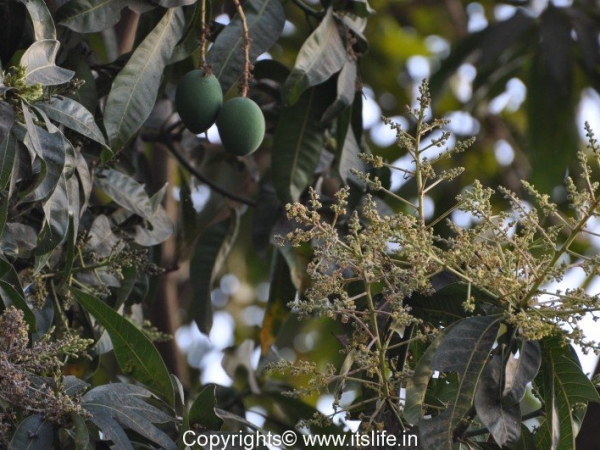
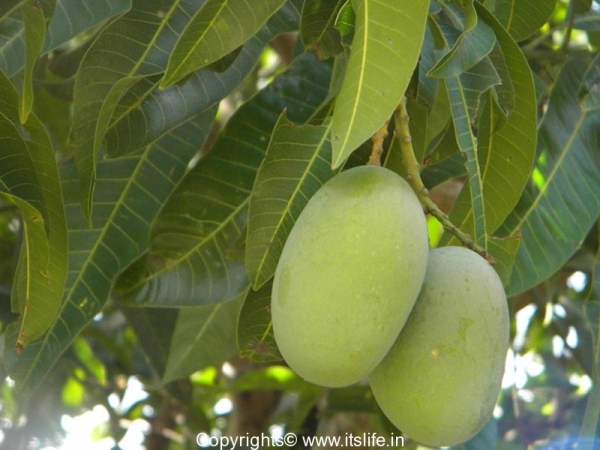
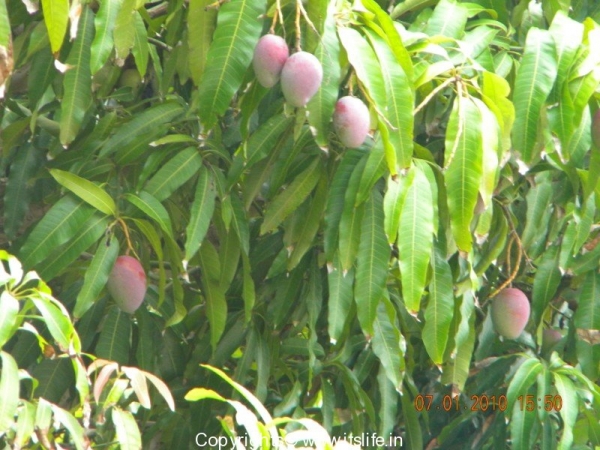
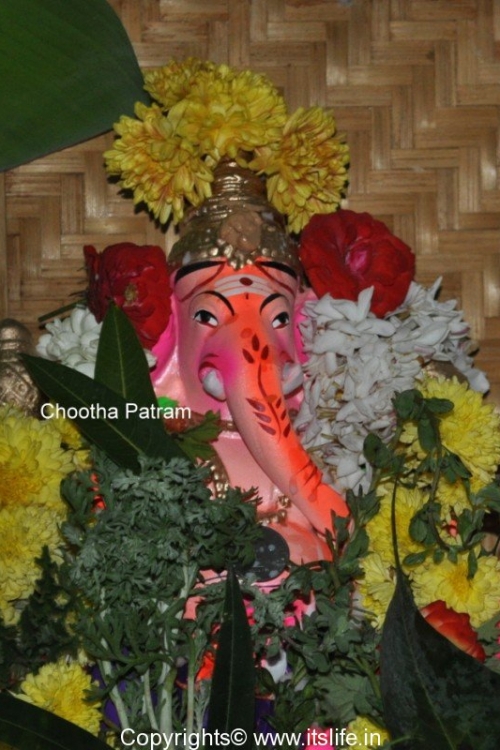
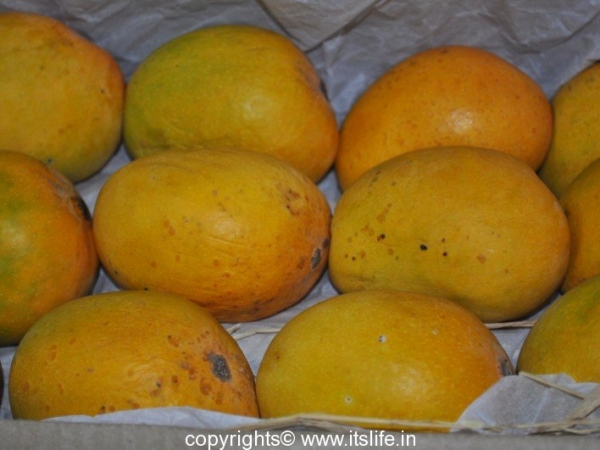
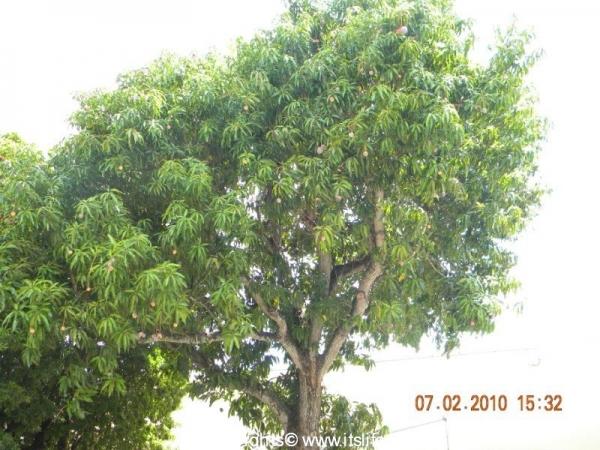
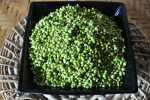

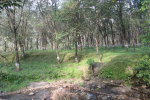
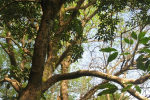
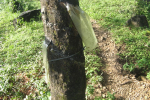
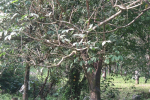


I would like to discuss with someone about using one of the photos on this site for a document related to the site TheMangoProject.com. I appreciate your reply to discuss this possibility. Regards
Hi Jacob,
You can use the photo of your choice, please give a link back if possible.
The best,
Shantha